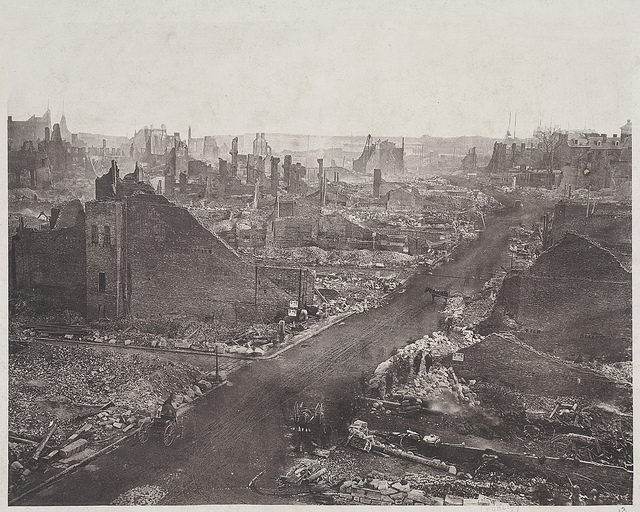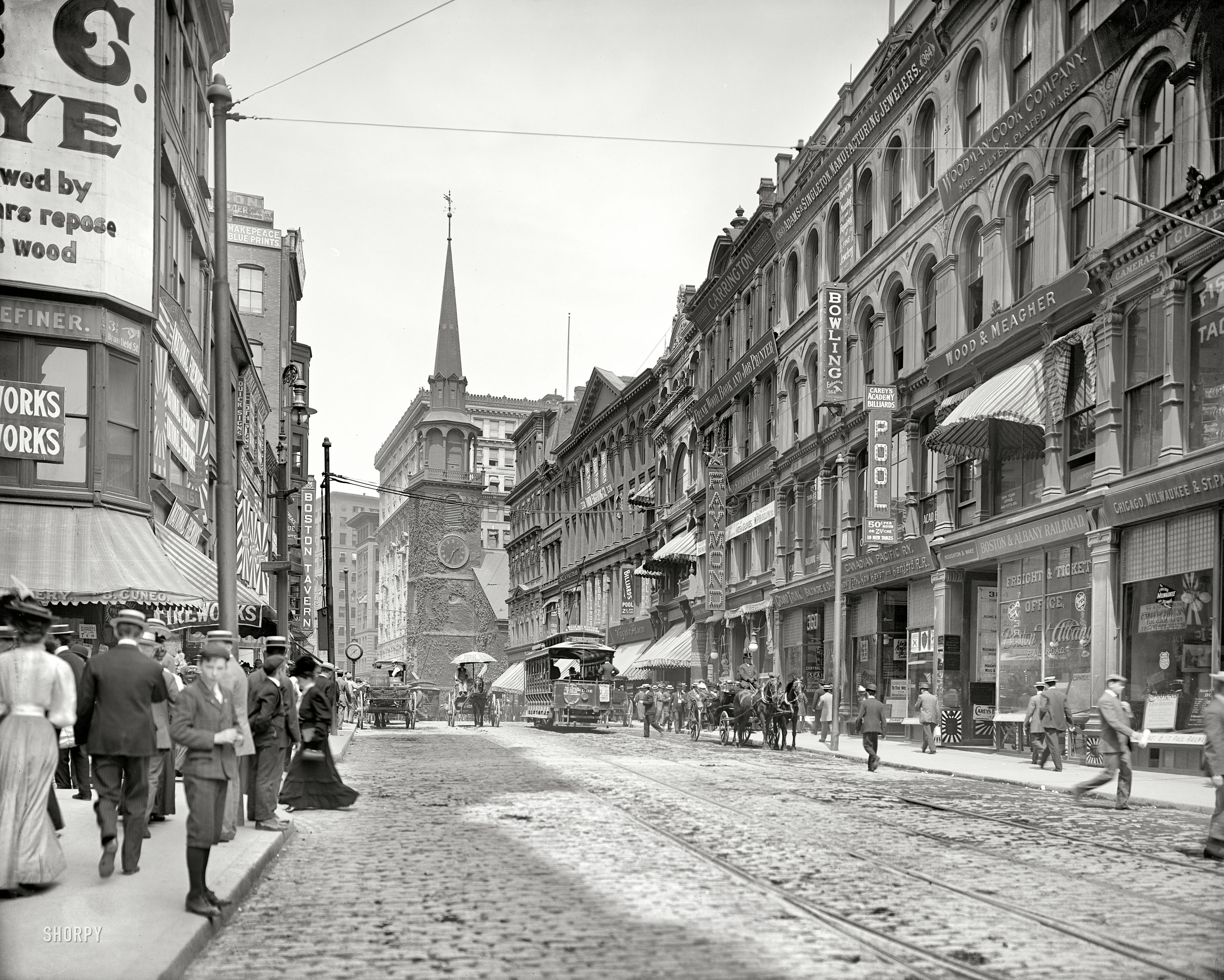Re: One Seaport Square | Parcels B-C@Seaport Sq. | Seaport
My background is in CRE. Born in and raised around the city and currently live in the city. Sure, I look at this more from a pro development point of view than a pure architecture point of view.
I've spent significant time looking through the final renderings and plans and I do think this will come together. Yes, it will be unlike any other Boston neighborhood, but that makes total sense. DTX, Brighton, Allston, Back Bay etc and others have been around for centuries and are being revitalized, not built. Seaport is being totally constructed from ground up. Its not going to have the old school Boston feel to it and that is not necessarily a bad thing.
Falcon and the rest of the Jrs. -- despite what it looks like -- Boston is constantly changing decade by decade and each major change probably elicited the same kind of reaction that we are seeing today --
Just for a simple context:
What happened to "Olde Bulfinch"? they asked circa 1830's -- well the Tontine Crescent and the old wharf buildings were demolished and were replaced by the early 19th Century warehouses -- etc.
The Seaport can best be looked upon not as the analog to the Back Bay which was literally built from a clean sheet design -- but rather as the analog to the rebuilding after the Great Fire of 1872 burned up the former Mercantile warehouse and old residential areas located between Washington Street and the harbor
[franklin St circa 1830]
[Washington St. just before the Fire]
After the destruction was cleared there were streets but for many many square blocks there were no existing structures
Yet 10 to 25 years later nearly all of what we consider the "Granite Phase" of downtown Boston and the Financial District before the recent towers had essentially been built.
[Franklin today]
[Washington St. circa 1910]
At the same time the Back Bay was being constructed and it became the new residential district of choice as the folks with the $ moved down from Beacon Hill. Lesser folks moved into the new South End and the poor moved into the once fashionable North End.
Today we have the Seaport as an obvious extension of the Financial District with some residences. However, simultaneously, there is also the drastic rebuilding of the Fenway and the repopulation of DTX. Soon to come the huge open areas of the old Rail Yards and the relocated and vastly reduced Turnpike Interchange area will be developed. East Boston has finally started to Renaissance starting from the piers and moving inward.
Sufice it to say that a lot of Boston will be built in the next 25 years, barring a global economic collapse.
Come back in 2050 and the current phase of construction of the Seaport / Innovation District will have just been the leading edge of the "New Boston." Barring some long-term decline, in 100 years the Seaport / Innovation District will be as "Olde Boston" as the Back Bay or Franklin Street one block from MT is today.















